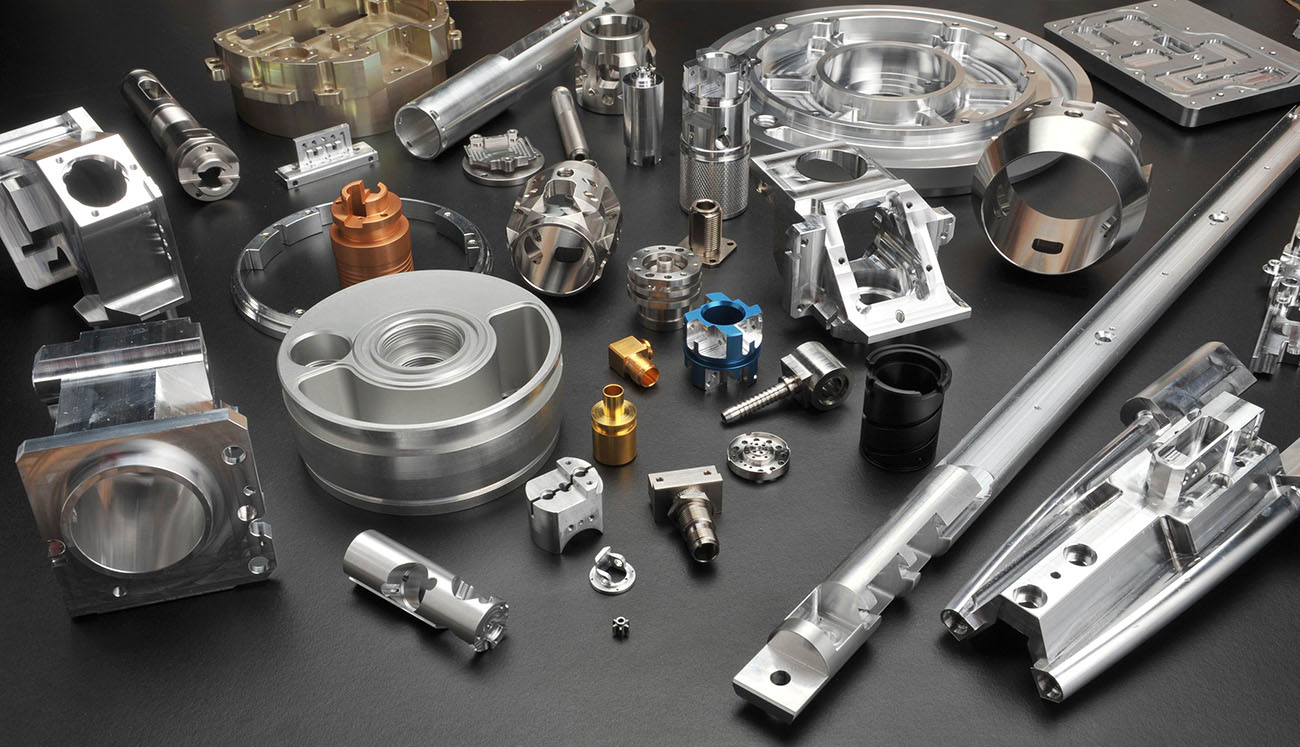The 4th industrial revolution revolves around high efficiency, greater speed and sustainability considerations. Automation holds a key role in production activities. It drives innovations in this landscape. The data-driven and modernized equipment here are the CNC machining and CNC lathers. They drive innovation.
The culmination of these high-speed tasks, precision turned parts offer competitive business edges. They introduce structural advantages, realizing the complex designs. They create components that other manufacturing methods couldn't reproduce profitably.
Advantages provided by the precision turned parts
A CNC machine runs on software that undergoes iterative optimization. It develops the best ways to turn components without any waste. These codes are subject to the simulations that check the governing program's efficacy. They do this before it gets implemented. The CAD-CAM final model produces outcomes and delivers value from the first cycle. It doesn't provide methods for trial and error in improving designs.
Greater accuracy and zero defects
The machines for precision turning operate autonomously without manual intervention. They bypass the avenues for human errors in manufacturing processes. Machines deliver better accuracy without any hitches. They use the software programs and codes that govern the end-to-end processes. They make machines operate for long periods without breaking or compromising the quality.
Efficient and faster production
While working on milling machines, you can operate these on their fastest settings to match the increased demands. These machines are able to run 24 hours nonstop a day and throughout the entire week. They can do this without breaks, tiring and trade-offs. It makes it hard for machines to waste resources. They maintain high accuracy, making production efficient, scalable, and faster at a cheap price.
Quick assembly
You can make manufacturing more efficient by changing human resources to the bottom assembly line. A manual assembly line is effective in high manufacturing settings. It's also important where a product needs specialized attention that a machine cannot replicate.
The component's high precision turnings allow seamless part fittings. It permits assembly lines to flow without disruptions freely.
Enhanced workers safety
CNC machines always isolate humans from machines, and they mitigate risks that can arise at any point. Machines operate without operators, thus limiting accidents and limiting limb and life risks. The current CNC machines change tools automatically without the help of human beings.
Reduced energy consumption
Natural gas, oil, aerospace, automotive, and petrochemical industries are energy-intensive. It's because of the losses involved. CNC machining parts allows them to be precise and scalable without splitting the limited resources like labor and energy.
CNC machining results in cheap production
CNC machines used in precision component turnings can reduce production costs by a greater percentage. They start by improving production scalability and efficiency without contributing to any possible material waste.
They also reduce energy use and save recurrent operational expenses. They offload financial liabilities triggered by incidents and accidents. CNC machining is the best way to make cheap operations without compromising the quality or process of production.
Conclusion
CNC machining is much better than its manual counterparts. CNC machining has many extra benefits that they give other industries stiff competition. They produce high-quality and environmentally friendly products with zero defects.


